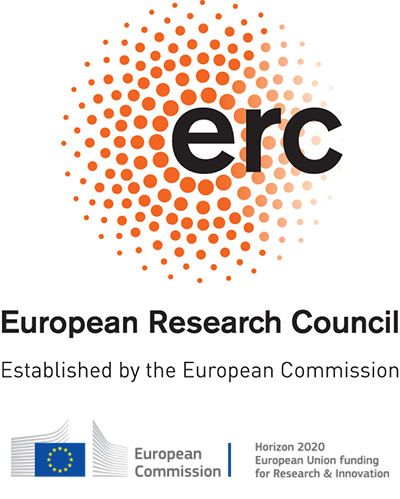Abstact:
What relations are signficant in valued networks? In order to apply the standard set of network methods to valued networks, data is typically dichotomized, i.e. where valued relations are binarized using a statistically, theoretically, or arbtrarily determined absolute threshold value. In addition to the significant loss of details this entails, dichotomization implies an implicit assumption of equal relational capacity among actors. Puerto Rican exports to USA are indeed very significant to the former, while only constituting a fraction of total US imports, distinctions that existing approaches fail to capture.
This paper proposes a novel approach to role-analysis and blockmodeling of valued networks that is more sensitive to patterns, rather than mere strengths, of ties. Rather than looking at the absolute values of relations, or examining valued ties on a per-actor basis (cf Nordlund 2007), the approach specifies significance in terms of unexpected anomalies. By comparing the distribution of each actor's valued relations to its alters with the macro-level distributions of total in- and outdegrees, significant (1) and non-significant (0) ties are determined simultaneously on a per-actor-to-actor and a per-actor-from-actor basis. This allows for a direct interpretation of the underlying functional anatomy of a valued network that is explicitly concerned with patterns, rather than mere strengths, of its relations. In addition to its applicability for direct blockmodeling, the article also suggests a novel indirect measure of deviational structural equivalence that similarly identifies role-equivalence on the basis of patterns, rather than strengths, of ties.
Exemplified with the notesharing data of Ziberna (2007), the EIES messages data, and total commodity trade among EU/EFTA countries as of 2010, both the direct and indirect approach yields results that, it is argued, are far more intuitive than existing approaches. This is particularly evident in the case of the EU/EFTA trade network, where the indirect approach yields partitions that reveals patterns in support of theories of intra-regional trade. Summarizing the approach and the empirical findings, the conclusion also outlines how the suggested deviational approach can be transposed into other metrics at the micro- and meso-level of networks, yielding a whole new set of traditional metrics – centrality indices, subgroup identification, density metrics etc – explicitly adapted to capture patterns in valued networks.



